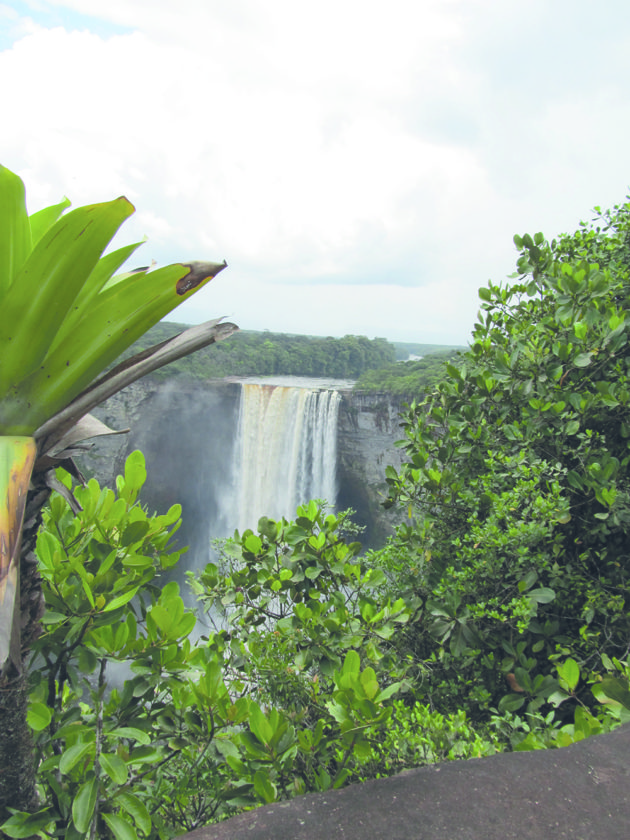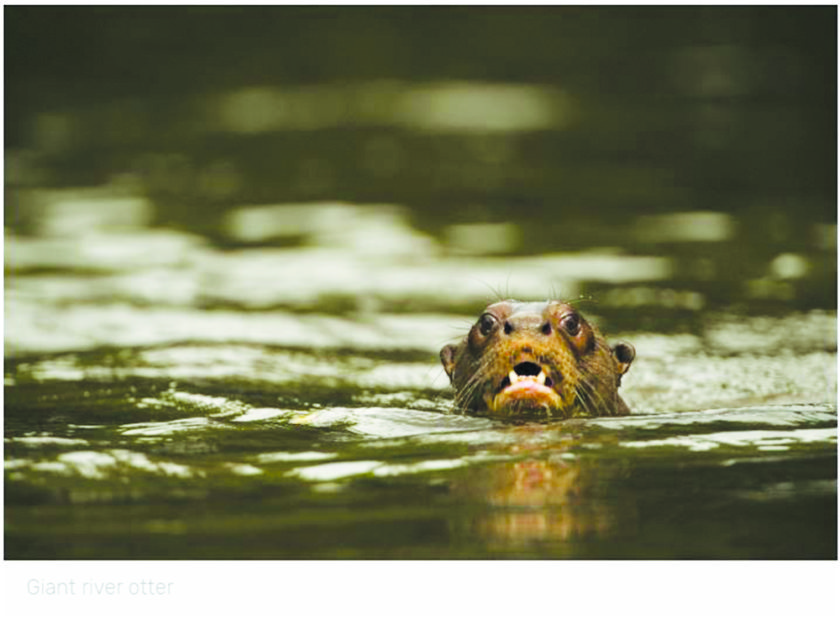Related posts
-

Legend of Kaieteur
The word Kaieteur means Old Man’s Falls, referring to the fall of Kai, a Touchau (Toshao)... -

Rupununi Petroglyphs
By Lennox J Hernandez Petroglyphs are picture-writing images (pictograms – a pictorial symbol for a word... -

Guyana Wildlife Tourism
In Guyana, the wildlife is literally at your doorstep in most parts of the country. The...

Comments are closed.